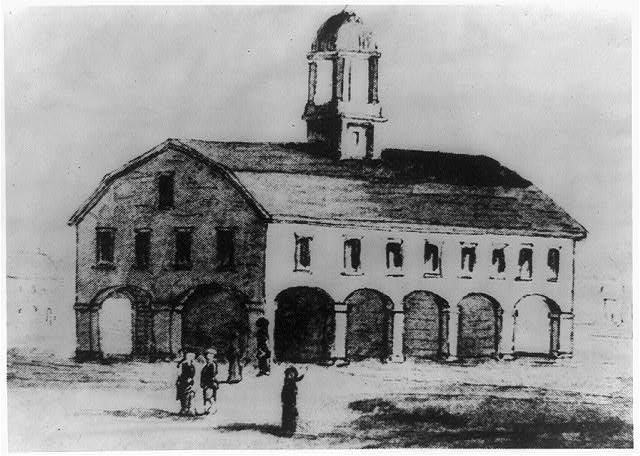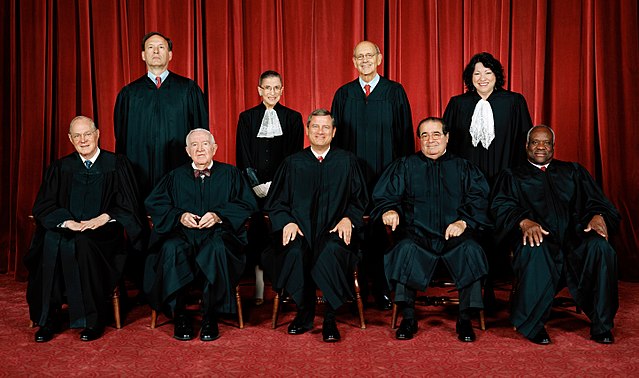You might be surprised to learn how one Supreme Court justice described the U.S. Constitution. Justice Ruth Bader Ginsburg once said that if she were going to write a new charter for the nation, the current Constitution would be "the last place" she would start. And she's not alone in seeing the document as fundamentally flawed or outdated. Contemporary scholars point out that instead of presenting a list of citizens’ rights as the more recent South African Constitution does, the U.S. Constitution can be seen as primarily a framework for the expansion of central government. Consider what you've learned in this course about debates between Federalists and Anti-Federalists to understand the historical sources of this criticism.
One aspect of the Constitution has worked to allow or even encourage changes in how the document is interpreted, if not in its actual text. Its establishment of an independent judiciary branch has worked to prevent major societal disturbances when the beliefs and opinions of citizens have pushed against the original text of the Constitution in response to changing social norms. The separation of powers has also been tested--and has so far succeeded--as a means of preventing the president from seizing power in a tyrannical fashion.

U.S. Supreme Court was held in February 1790--with no cases to hear.
Still, the true value of the Constitution remains a subject of both scholarly and popular debate with some citizens concerned that the Constitution has, in fact, become so outdated as to be counterproductive. For example, it would have been difficult for the Founding Fathers to understand why their requirement about congressional approval for wars would ever be disregarded. However, Congress has authorized only one of the many wars begun by presidential mandate during the past century.
Another example of unforeseen consequences is the ability of political parties to manipulate the selection of lifelong Supreme Court justices. While the process that is used to do so is technically true to the text of the Constitution, many view its current use as contrary to the spirit of the Constitution and its amendments.

Other issues raise similar concerns about how literally the Constitution should be interpreted today. Did the framers anticipate that 38 states need to ratify an amendment? There were only 13 states when the document was written. Did the Founding Fathers intend for citizens to carry the kinds of firearms widely available today--or to amass military-style arsenals in their homes? And what about the wisdom of the electoral college, which has occasionally elected presidents who had received less of the popular vote than their opponents? You will consider these examples and more in this lesson--all of them evidence that the Constitution remains as controversial today as it was in the beginning.
Question
What events suggest to some Americans that the Constitution needs to be updated to address the realities of modern society?
The difficulty of adding to the Constitution through amendments has grown so onerous that many citizens from both parties, as well as dozens of states, have introduced legislation calling for a new Constitutional Convention.
